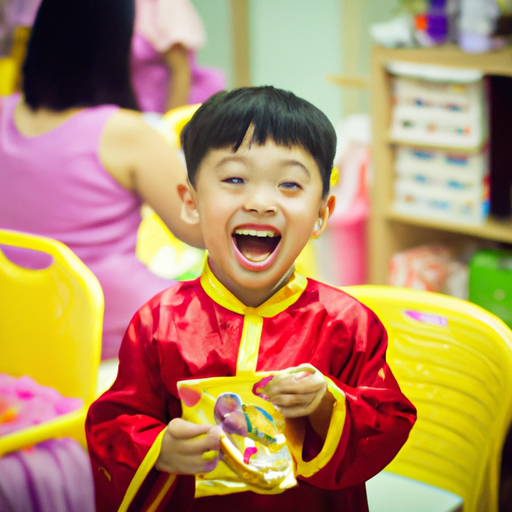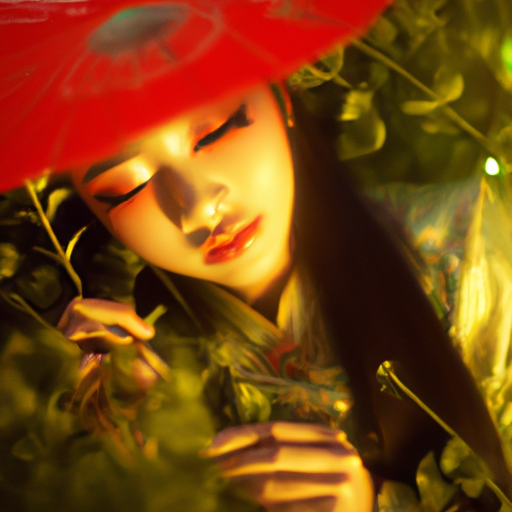
The Mid-Autumn Festival, also known as the Moon Festival, is a traditional Chinese festival that has been celebrated for centuries. It is held on the 15th day of the 8th month of the lunar calendar, which usually falls in September or October. This festival is a time for family reunions, expressing gratitude, and enjoying the beauty of the full moon.

The Mid-Autumn Festival has deep roots in Chinese mythology and folklore. One of the most popular legends associated with this festival is the story of Chang'e, the Moon Goddess. According to the legend, Chang'e swallowed an elixir of immortality and floated to the moon, where she has lived ever since. On the night of the Mid-Autumn Festival, people believe that they can see Chang'e and her companion, the Jade Rabbit, on the moon.

Another famous legend is the story of Houyi, a skilled archer who saved humanity by shooting down nine of the ten suns that were scorching the earth. As a reward, Houyi was given the elixir of immortality. However, he did not want to become immortal without his wife, Chang'e. When a greedy apprentice tried to steal the elixir, Chang'e swallowed it to protect it from falling into the wrong hands.
The Mid-Autumn Festival is marked by several customary practices that have been passed down through generations. One of the most iconic traditions is the lighting of lanterns. Children and adults alike carry lanterns of various shapes and sizes, creating a colorful spectacle in parks, gardens, and streets.
Another popular activity during the festival is moon-gazing. Families gather in open spaces, such as gardens or rooftops, to admire the full moon. It is believed that the moon is at its brightest and roundest on this night, symbolizing completeness and unity.
Arguably the most well-known tradition of the Mid-Autumn Festival is the sharing and eating of mooncakes. Mooncakes are round pastries that are filled with various ingredients such as lotus seed paste, red bean paste, or salted egg yolks. They are often elaborately decorated with intricate patterns and symbols.
The Mid-Autumn Festival holds great cultural significance in Chinese society. It is a time for families to come together and celebrate. The festival emphasizes the importance of family values, filial piety, and unity. It is a time to express gratitude for the blessings of the past year and to pray for a prosperous future.
During the festival, family members exchange mooncakes and gifts as a symbol of love and appreciation. The act of sharing mooncakes reinforces the concept of unity and the importance of coming together as a family. It is also a time for children to learn about their cultural heritage and the values that their ancestors held dear.
Mooncakes come in a wide variety of types and flavors, each with its own unique characteristics. Traditional mooncakes are made with a sweet and dense filling, typically lotus seed paste or red bean paste. These fillings are encased in a thin, tender crust.
In recent years, there has been a surge in the popularity of modern mooncakes with innovative flavors and designs. Some popular variations include snow skin mooncakes, which have a soft and chewy texture, and ice cream mooncakes, which combine classic mooncake flavors with frozen treats.
The process of making mooncakes is intricate and time-consuming. It involves preparing the filling, making the pastry dough, shaping the mooncakes, and baking them to perfection. Skilled artisans take great care in ensuring that each mooncake is beautifully crafted and delicious.
Mooncakes hold deep symbolism in Chinese culture. The round shape of the mooncake represents completeness and unity, reflecting the harmony that the festival aims to promote. The act of sharing mooncakes with family and friends symbolizes the importance of togetherness and the strengthening of relationships.
The different fillings in mooncakes also carry their own symbolism. Lotus seed paste represents purity and perfection, while red bean paste signifies harmony. Salted egg yolks symbolize the full moon and are believed to bring good luck and fortune.
Over time, mooncakes have evolved to cater to changing tastes and preferences. Traditional mooncakes remain popular, but modern varieties have gained significant popularity in recent years. Bakeries and confectioneries have started experimenting with new flavors and fillings to attract a wider audience.
There has also been a shift towards healthier and lighter mooncakes to cater to health-conscious consumers. Low-sugar, low-fat, and even vegan mooncakes are now available, offering a healthier alternative without compromising on taste and texture.
While the Mid-Autumn Festival originated in China, its influence has spread far beyond Chinese culture. The festival is celebrated by Chinese communities around the world, wherever there is a significant Chinese diaspora. It has become an important cultural event that brings people together and fosters a sense of belonging.
Non-Chinese communities have also embraced the Mid-Autumn Festival and mooncakes. The allure of the festival lies in its rich traditions, which promote family values, unity, and gratitude. People from different backgrounds appreciate the symbolism and cultural significance associated with the festival.
While the core essence of the Mid-Autumn Festival remains the same, various regions and communities have their own unique traditions and customs. In Hong Kong, for example, there is a tradition of holding fire dragon dances, where a dragon made of straw and incense sticks is paraded through the streets.
In Taiwan, the Mid-Autumn Festival is celebrated with the release of sky lanterns. These lanterns are released into the night sky, carrying people's wishes and prayers. The sight of hundreds of lanterns floating up into the sky is truly mesmerizing.
In Vietnam, the Mid-Autumn Festival is known as the Children's Festival. Children are given lanterns and parades are held with lion and dragon dances. Mooncakes are also an integral part of the celebrations, with various flavors unique to Vietnamese cuisine.
The Mid-Autumn Festival and mooncakes are not just about enjoying delicious pastries and admiring the beauty of the full moon. They represent a celebration of heritage, unity, and family values. The festival provides an opportunity for people to connect with their cultural roots and pass on traditions to future generations.
By celebrating the Mid-Autumn Festival and partaking in the customs and traditions associated with it, we can help preserve and promote our cultural heritage. It is through these celebrations that we can ensure that the rich traditions and values of the festival continue to thrive for years to come.
So, as the Mid-Autumn Festival approaches, let us gather with our loved ones, gaze at the full moon, and savor the delicious mooncakes, all while cherishing our shared cultural heritage.
Learn how to make mooncakes